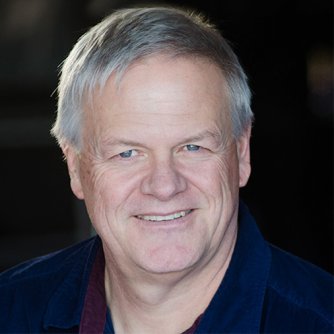

Writing in the opinion section of the New York Times, Christopher Solomon lays out trouble spots from the California coast to Jackson Hole to Cape Hatteras -- and Colorado -- and says, "More and more studies over the last 15 years have found that when we visit the great outdoors, we have much more of an effect than we realize."
Researchers who studied trails around Boulder, Colo., found that populations of several species of songbirds, including pygmy nuthatches and Western meadowlarks, were lowest near trails. “There’s something about the presence of humans and their pets when they go on hikes that causes a bit of a ‘death zone’ of 100 meters on either side of a trail,” said Prof. Rick Knight of Colorado State University. Running, canoeing, cycling and similar activities negatively affected birds in nearly 90 percent of 69 studies that researchers reviewed in 2011.
Solomon, a regular contributor to Outside Magazine, points to these findings in order to urge wilderness and park planners to think carefully about how and when they permit humans to get close to nature. But in a larger sense, he's asking anyone who laces up their boots to think hard about "leave no trace."









